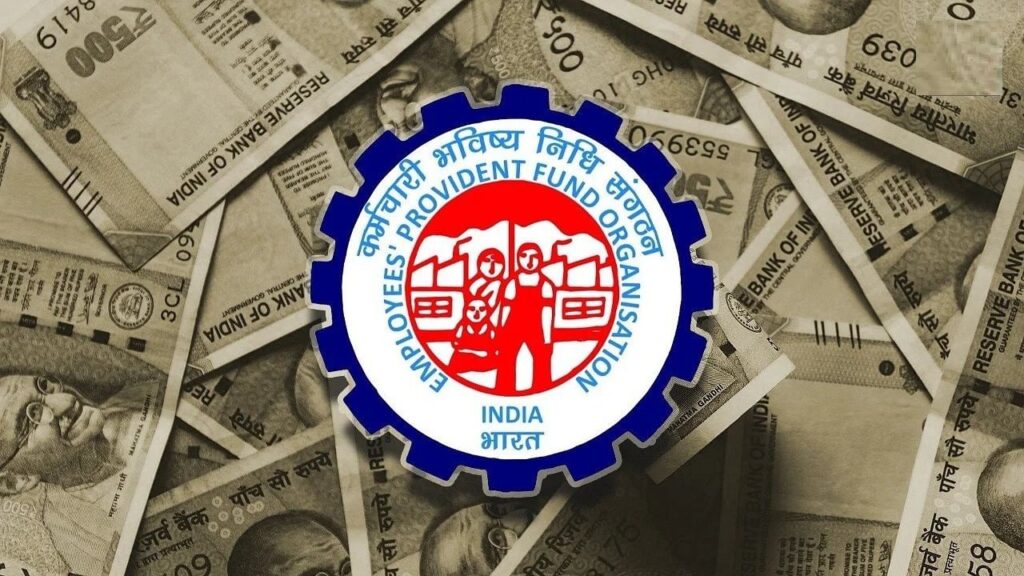The government runs several schemes to secure the economic future of all segments of society, among which the Provident Fund (PF) is one of the most significant. Generally referred to as PF, many people are not aware that it comes in three categories: Public Provident Fund (PPF), Employees’ Provident Fund (EPF), and General Provident Fund (GPF). It often confuses individuals when trying to understand the differences among these three funds. Furthermore, following the announcement of the Unified Pension Scheme (UPS), many are uncertain about changes that may occur. Let’s delve into the details of these funds and clarify their features.
Public Provident Fund (PPF)
The Public Provident Fund is designed for the general public. Any Indian citizen, whether employed or self-employed, can benefit from it. PPF accounts can be opened at post offices or banks. The minimum amount that can be deposited annually is ₹500, and the maximum limit is ₹1.5 lakh. The PPF has a tenure of 15 years, which can be extended in blocks of 5 years. It offers compound interest, meaning that the interest earned is added to the principal amount, and further interest is calculated on this combined sum. Currently, the government offers an interest rate of 7.1% on PPF deposits. Additionally, contributions up to ₹1.5 lakh per annum are eligible for tax deductions under Section 80C of the Income Tax Act.
Employees’ Provident Fund (EPF)
The Employees’ Provident Fund is meant for employees working in the private sector companies with more than 20 workers. A fixed percentage of the employee’s salary is deposited in the EPF, and the company matches this contribution. However, only 3.67% of the employer’s portion goes to the EPF, while the remaining 8.33% is directed towards the Employees’ Pension Scheme. Upon retirement, the PF amount is given to employees in a lump sum, while the EPF funds can be utilized as a pension. For the financial year 2023-24, the interest rate on EPF has been set at 8.25%, which is relatively higher compared to many other savings schemes.
General Provident Fund (GPF)
The General Provident Fund is exclusively for government employees. Accounts are opened for temporary and permanent employees who have been continuously employed for at least one year in government institutions. Employees are required to contribute a minimum of 6% of their salary to the GPF, provided they are not under suspension. Upon retirement, they receive a lump sum amount. However, with the introduction of the new pension scheme (UPS), contributions to GPF are no longer mandatory, which is considered a major drawback.
Unified Pension Scheme (UPS)
The UPS offers several benefits, including assured family pensions. In the event of an employee’s death, their family will receive 60% of the pension immediately. The scheme ensures an assured minimum pension along with a family pension, which is adjusted for inflation based on the All India Consumer Price Index for Industrial Workers. Additionally, this pension scheme will include gratuity payments alongside superannuation. To qualify for the superannuation benefit, employees must complete every six months of service, where a tenth of their salary and dearness allowance is added to their gratuity. Importantly, this payment will not impact the employee’s assured pension.
Comparison Table of Provident Funds
| Provident Fund Type | Eligibility | Minimum Contribution | Maximum Contribution | Interest Rate | Tenure |
|---|---|---|---|---|---|
| Public Provident Fund (PPF) | Open to all Indian citizens | ₹500 per annum | ₹1.5 lakhs per annum | 7.1% | 15 years (extendable) |
| Employees’ Provident Fund (EPF) | Employees in private sector (20+ workers) | Varies by salary | Mandatory contribution by employer | 8.25% | At retirement |
| General Provident Fund (GPF) | Government employees | 6% of salary | Varies, depends on salary | Varies by government regulation | At retirement |
In conclusion, understanding these different Provident Funds is crucial for making informed financial decisions. Each has its unique features and benefits catering to distinct groups within Indian society, helping individuals secure their financial future through structured savings and retirement plans.

